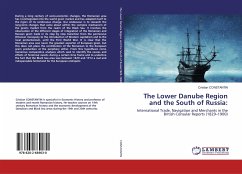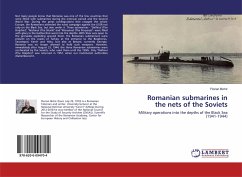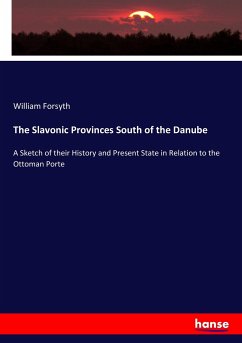During a long century of socio-economic changes, the Romanian area has (re)integrated into the world grain market and has adapted itself to the rigors of its continuous change. Our endeavour is to research the long-term changes that came about within the complex mechanism of the grains market from the realm of the Black Sea. It involves the observation of the different stages of integration of the Romanian and Russian grain trade in its step by step transition from the permissive Ottoman monopoly to the introduction of Western capitalism and to the local protectionism, until the First World War. It is clear that the Romanian area was never the greatest exporter of European grain, but this does not place the contribution of the Romanian to the European grain production at the periphery either. From this hypothesis come numerous comparative analyses which seek to identify the causes and effects of historical events during a certain time frame and to underline the fact that the Black Sea area was between 1829 and 1914 a real and indispensable hinterland for the European entrepots.
Bitte wählen Sie Ihr Anliegen aus.
Rechnungen
Retourenschein anfordern
Bestellstatus
Storno








